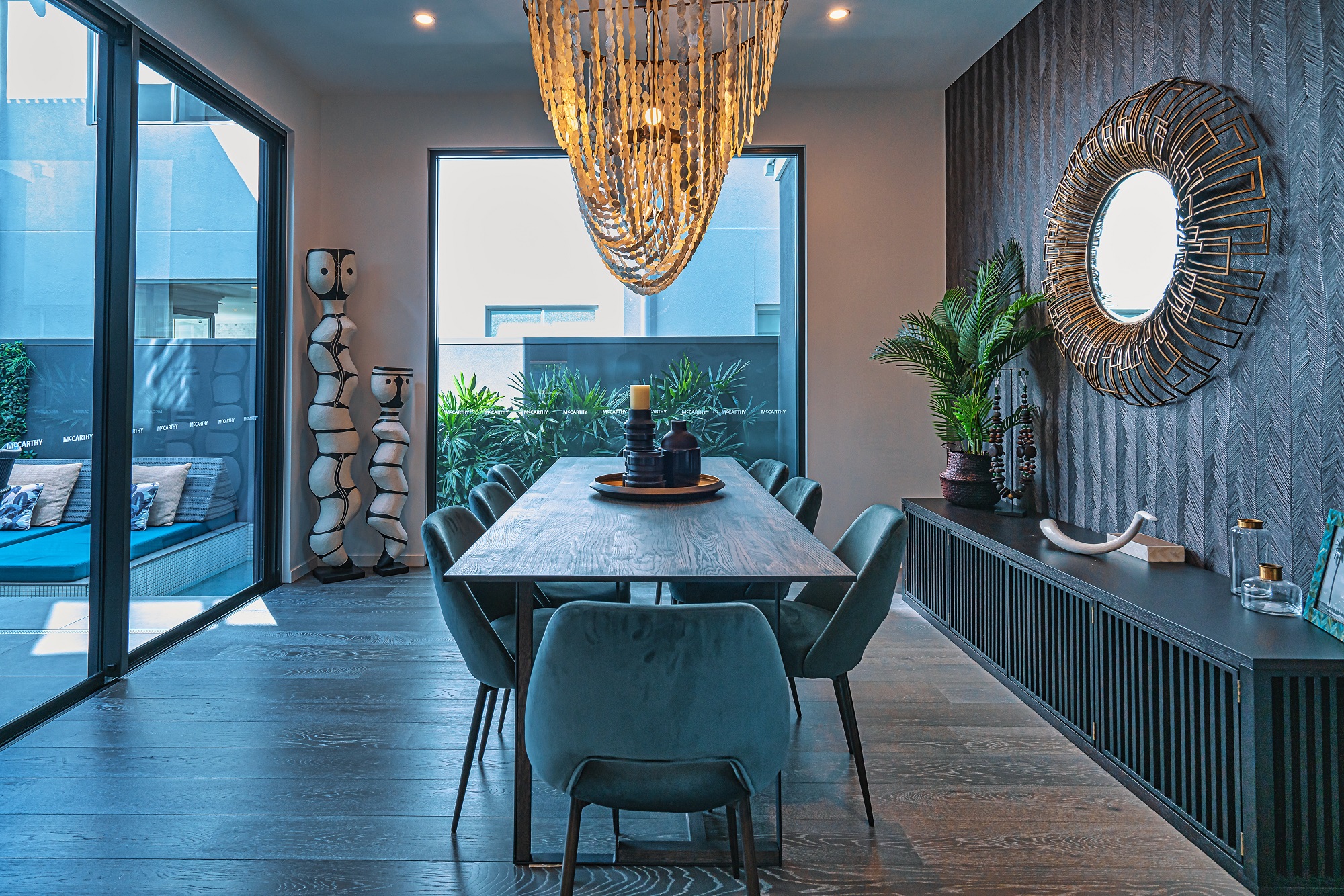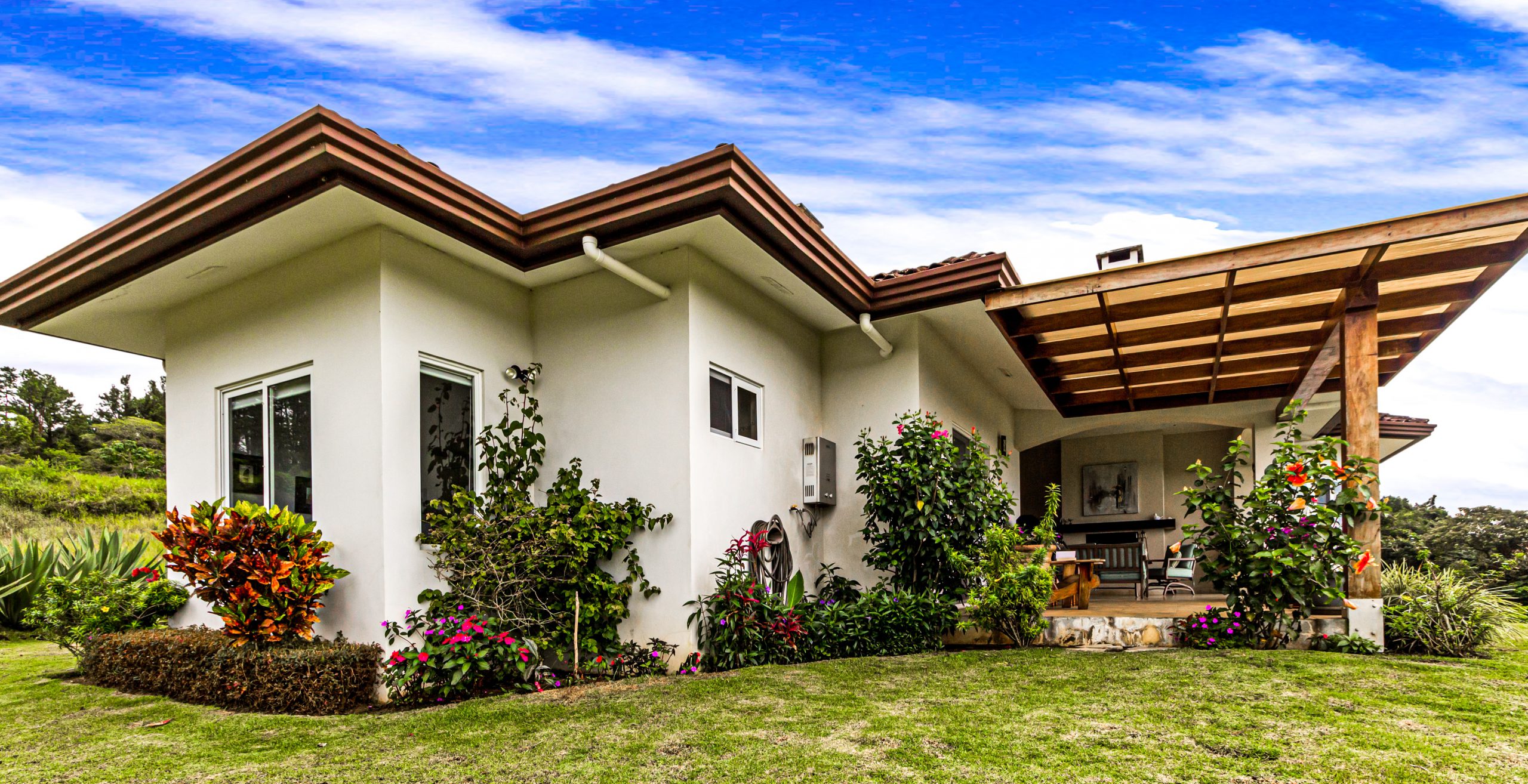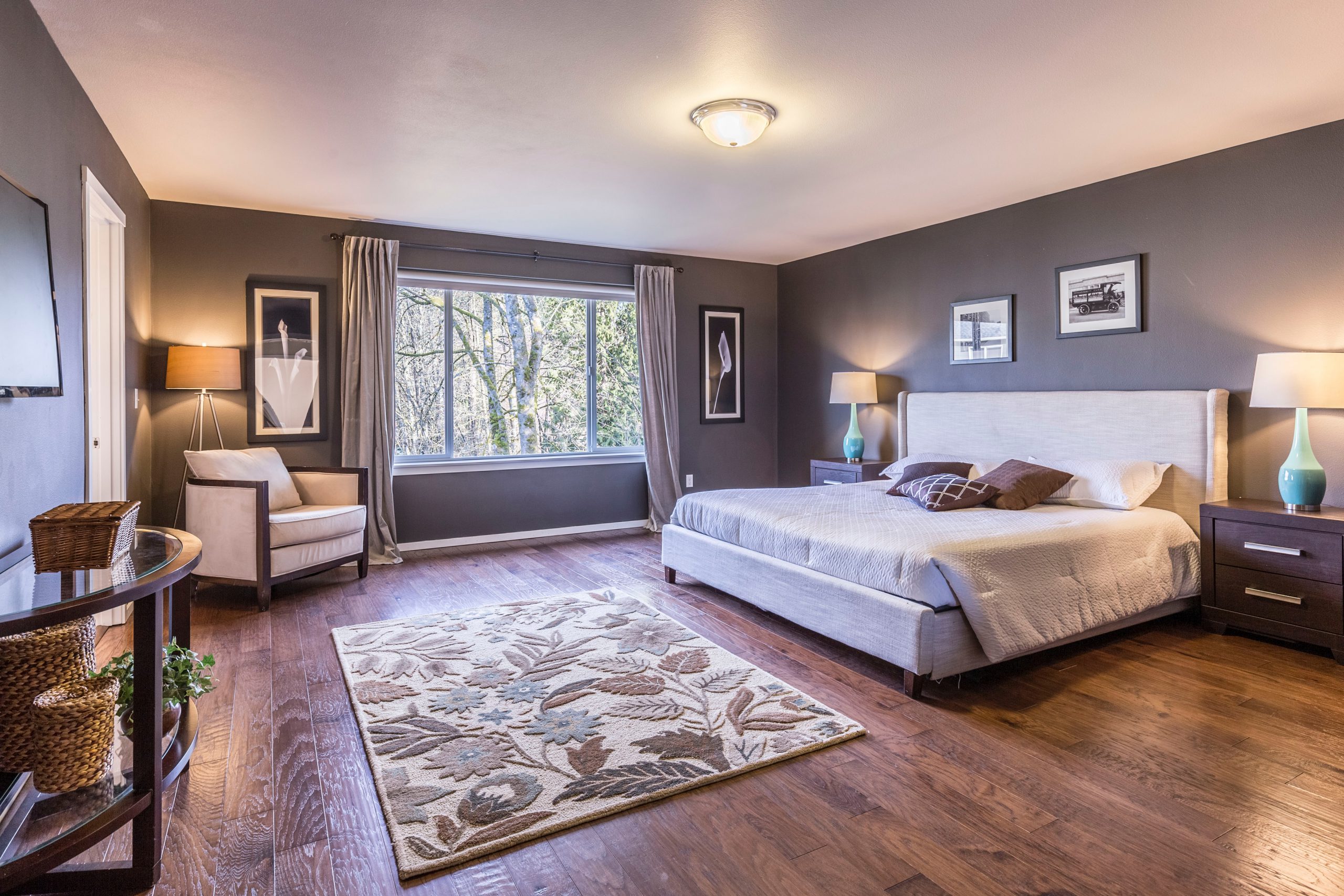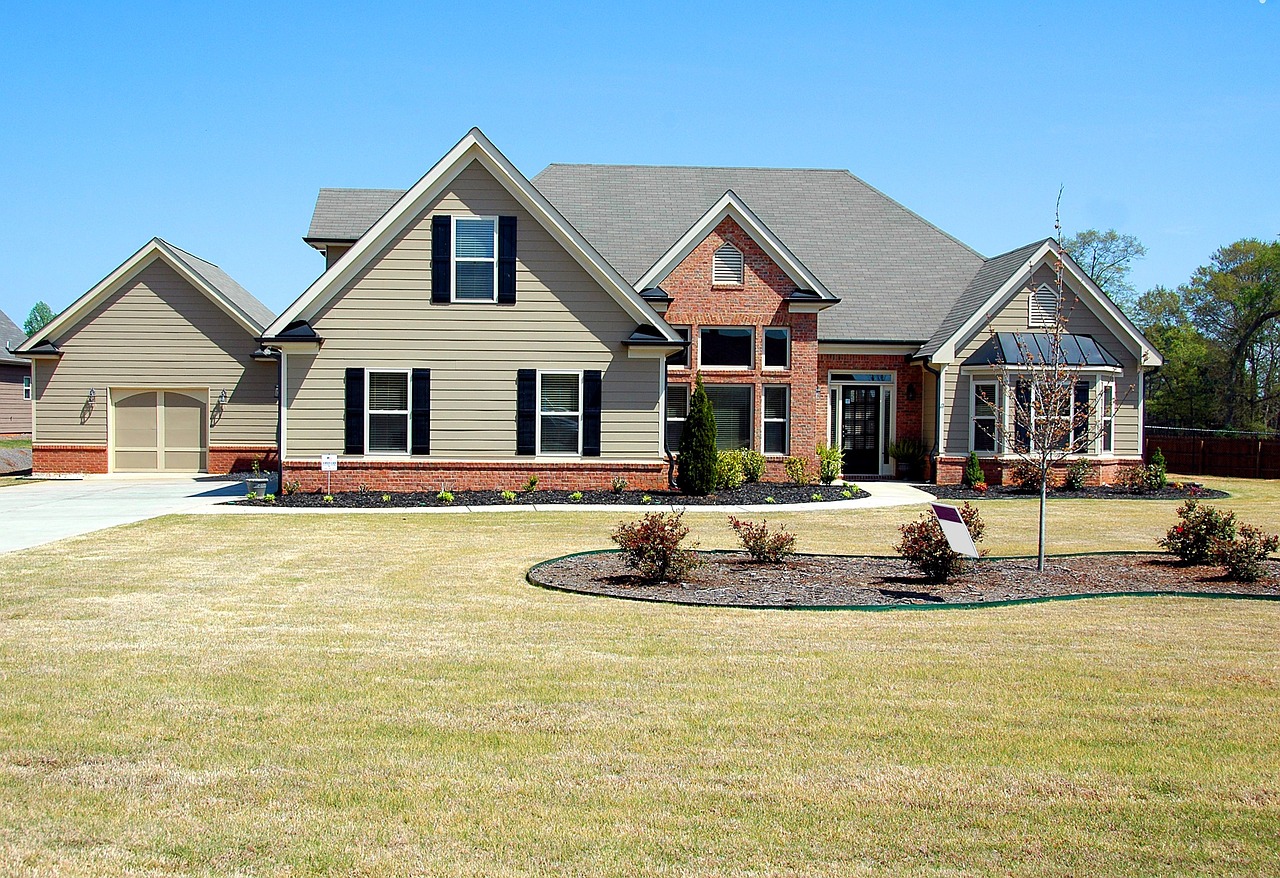With the power of virtual staging, anyone can transform an empty room into something grand and beautiful. We know that it is an excellent way to produce fast and secure real estate images appealing to potential buyers.
Moreover, it is now considered another useful technique used by real estate photo retouching companies to save time and cost, rather than opting to do a traditional home staging. In the usual virtual staging process, the real estate photo editor adds virtually designed furniture and appliances in a vacant interior space. Then, accents are added to add aesthetics to the images. As a real estate photo retouching company, adding virtual staging to your services can make your business the go-to platform for your clients’ real estate marketing needs.
A realtor in Denver needed multiple versions of the same listing for family, coworker, flatmate, and bachelor styles. By following rules #1 (client preferences) and #3 (theme consistency), Phixer delivered three authentic stagings in 48 hours, each targeting a different demographic.

Basic Virtual Staging Rules to Keep in Mind
Given the virtual staging technique’s endless possibilities, anyone can go overboard with the graphic designs to use and other effects. We know that this is unacceptable regardless of whether it is the client’s instruction or purely the real estate photo editor’s intuition.
Here are the five basic but essential virtual staging rules that you must incorporate in every project you get from a realtor or the client.
1. Knowing Your Client’s Interests and Preferences
In virtual staging, it is necessary to know your clients’ likes and dislikes regarding virtual furniture and appliances to use. You can try to ask them about the kind of furniture designs they want to have in the virtual room. Then, you can also inquire if they are interested in getting a catalog first of all the virtual furniture and appliances available to make a list and give it to you in advance. It may sound like a hassle on your part, but as the provider, you need to exert this kind of effort to make sure that your customer is happy and satisfied.
2. Always Choose a Reasonable and Realistic Design
To make virtual home staging looks realistic, the perfect blending of computer-aided design (CAD) is essential. Without the ideal knowledge to do this, the output images will never look realistic and professionally-made.
Other elements to consider when doing virtually-staged real estate images such as the lighting and shadows. This is especially needed once all the furniture is put in place on the image.
For example, an interior shot of the living room with an overlooking view of nature through a large window, you should anticipate that there are sunlight beams that can enter the room through the window. Hence, it would be best if you considered the proper placement of the other furniture in the picture that, somehow, can block the sunlight.
Moreover, even the simple details of mirrors and reflections should be visible in the real estate images. A typical example is if you have a sofa and a mirror on the room, the sofa’s reflection should be seen in the mirror to make it look more realistic.
See? If you do this kind of simple checking on the image’s details, it can make the photos look more useful and appealing. It also gives your clients the impression that you can create good listing images to offer to your clients.
3. Match the Furnishings and the Room’s Theme
The interior design’s basic principle is only to use furniture that can go well with the room’s design. It is a rule of thumb. From the appliances, furniture, and decors, everything must match the physical space.
When we say home style, it means the overall theme of the house. Does it have a contemporary design? Or, is it more modern or classic? Still, if you are unsure about the type of furniture to use, you can check some magazines and websites to get some ideas.
4. Limit the Decorations
The basic principle in decorating a room is not to overdo it. Keep it minimal and avoid being too flashy. It is still best to remain minimalistic in your design. Please resist the temptation to put virtual furnishings in every square inch of space because it can make the area look stuffy.
5. Minimize Personal Touches
Sometimes, it is also important to note that even if branding is essential, adding a touch of personal branding is not that always appealing. If possible, focus on the client’s requirements and avoid adding unnecessary details.
Frequently Asked Questions
Will I be able to customize after staging?
Yes, you can request adjustments—Phixer offers at least two rounds of revisions included.
How do you ensure staging looks realistic?
We match lighting, shadows, scale, reflections, and furnishings to real-world physics.


















 When taking pictures of rooms in a house, there are times when the picture does not possess exact same look from the actual scene. Even if you try your hardest to fix the lighting or the camera itself, the picture really is not that good. This is the reason
When taking pictures of rooms in a house, there are times when the picture does not possess exact same look from the actual scene. Even if you try your hardest to fix the lighting or the camera itself, the picture really is not that good. This is the reason 
